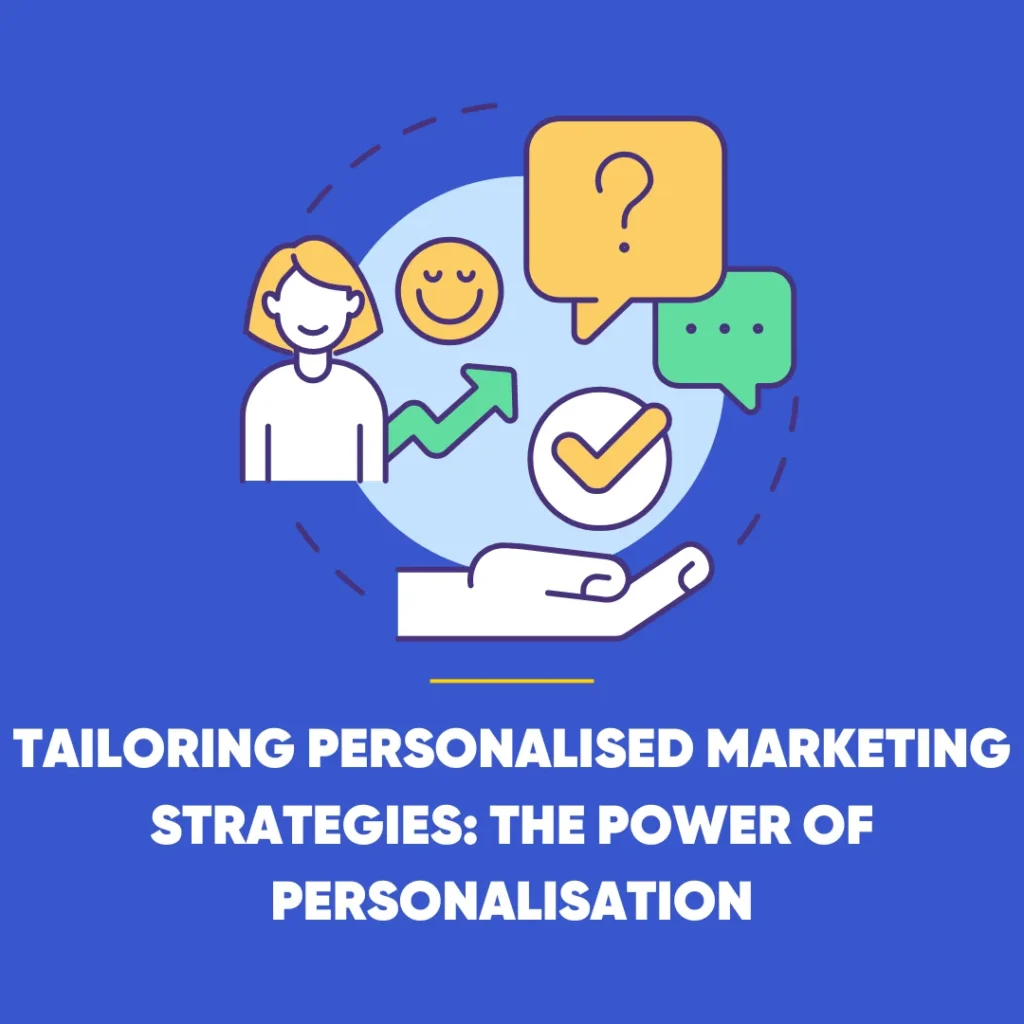When it comes to building a brand that truly stands out among competitors, you should pay close attention to the core brand elements that shape its identity. Consider these elements to be the building blocks of your brand’s personality and reputation. There is a lot to discover when you doing such development from scratch, and in this article, we’ll focus on basic parts of brand identification that capture the spirit of your brand and leave a lasting impact on the audience:
- Brand Identity’s Visual Elements
- Brand Story and Values
- Brand Messaging Consistency
- Finding Your Distinctive Voice and Positioning
- Identifying and Capitalising on Key Brand Qualities
- Effective Branding for Long-Term Customer Relationships
Brand Identity’s Visual Elements
Creating the best desirable brand visual identity is more than just picking a logo and colours. It’s about making a memorable impression to the customers. To build the proper branding visual identity, start with a clear vision of what your brand represents. Ask yourself the following: What are your values, and what message do you want to convey? Your visual elements should reflect these ideals.
Hence, creating a brand visual identity involves aligning visuals with your values and telling your brand’s story through images. To help you achieve a professional look on the visual part you may seek for professional assistance with graphic design and other branding identity development services.
In addition, consistency is key when it comes to branding, including design consistency. Use the same fonts, colours, and imagery across all platforms. This increases brand recognition and trust. While customers should immediately think of your brand when they view your images. For this purpose, you need to create brand design rules to ensure consistency.
Also, remember that your visuals are part of your brand’s storytelling. Every image, graphic, or video should tell a piece of your brand’s story. As a result, such thoughtful approach in design will be one of the fundamental steps to building an emotional connection with your audience.
To help you better orient in all of the design elements you need to consider, here’s a checklist:
- Logo
- Color Palette
- Typography
- Imagery, Photography and Video
- Visual Style Guide (a document that outlines how to use your visual components consistently across all platforms)
- Website Design
- Social Media Graphics
- Advertising Materials (banners, posters, flyers, and digital ads)
- Email Templates
- Physical Presence of all elements (product packaging, interior design, and decor that incorporate your brand’s visual elements)
Brand Story and Values
Now, let’s look at how to develop a brand story and generate relevant brand values that will distinguish your company.
What is a brand story? At its heart, a brand story is a narrative that tells to the customer who you are, what you stand for, and why you exist. Your story should connect with your audience on a personal level, stirring emotions and building a sense of belonging. To begin, reflect on your brand’s journey: how it originated, the obstacles it overcame, and the vision that drives it. So, this origin story will serve as the cornerstone of your brand’s story.
The next question is how to create a brand story that’s engaging and relatable? Begin by identifying the central character – your brand. Define its mission, values, and proposition (USP). Also, don’t forget that a strong brand story is more than just a list of accomplishments, but a comprehensive story that inspires and captivates.
What exactly are brand values? In a nutshell, there are the concepts that influence your company’s behaviour and decisions. They serve as an imaginary compass for your brand’s actions and relationships. When developing your brand values, consider what is essential to you and your target audience. Are you dedicated to sustainability, innovation, or providing excellent customer service? Your values should be consistent and relatable with your brand’s objective and appeal to your target audience.
Let’s take a look at an example of brand values. Imagine a clothing line that prioritises sustainability and ethical sources. Statements such as “We are committed to eco-friendly practises,” “We prioritise fair labour conditions,” and “Quality and durability are non-negotiable” could be part of their brand values. These ideas serves as a promises to the potential customer and should guide company’s material selection, working processes, and communication with clients.
Hence, creating brand values and a compelling brand story appears to be a dynamic process that involves introspection, storytelling skills, and a thorough understanding of your brand’s character. You’ll connect with clients on a deeper level if you build a genuine narrative and embrace brand principles that matter.
Brand Messaging Consistency
Consistent brand messaging is the linchpin that holds everything together and ensures your brand speaks with one clear and harmonious voice across all channels. Let’s explore how to develop consistent brand messaging and the critical importance of branding consistency.
Brand consistency is about presenting your company in a way that’s instantly recognisable and unmistakably yours. It’s the sum of all the parts – your visuals, tone, values, and promises – coming together in a solid unit. As a result, this consistency will help to build trust and credibility with your audience.
So, how do you develop consistent brand messaging that resonates with your target market? Establish clear brand guidelines first. These policies should cover all areas of your brand, from logo design and colour schemes to tone of voice and message standards. Ensure that every team member, whether in marketing, sales, or customer service, is familiar with these policies. Furthermore, inform everyone in your business about the importance of consistent branding and how their roles contribute to it. To achieve this, you may hold brand seminars or training sessions regularly to keep your staff on track.
Next, maintain a central repository for all your brand assets. This includes logos, imagery, and other pre-made templates. A well-organised asset library makes it easy for your team to access and always use the right materials.
Brand consistency extends beyond visuals. It also involves the tone of your messaging. Define your brand’s brand voice – is it friendly, professional, or casual? Then, adhere to this tone across all communication channels, from social media posts to customer emails.
Lastly, perform regular audits to spot any inconsistencies. Review your website, social media profiles, printed materials, and product packaging to ensure they align with your brand guidelines.
Consistent brand messaging isn’t just a nice-to-have, it’s a must for building a strong and memorable brand. By developing clear guidelines, maintaining an organised asset library, and developing a consistent tone across channels, you’ll foster branding consistency. Every interaction is a chance to reinforce your brand’s identity, so make it count.
Finding Your Distinctive Voice and Positioning
What is a brand voice? Your brand voice is the unique personality and style of your brand’s communication as an element of your brand recognition. It’s how you express your brand’s identity through the words you use, the tone you adopt, and the way you engage with your audience. Besides, your brand voice should align with your brand’s values and resonate with your audience. Imagine your brand as a person – what kind of personality does it have?
The tone of brand voice is equally important. It’s the emotional flavour of your messaging. Are you empathetic and warm, or are you confident and direct? Consistency in your tone is essential for creating the customer’s mood you are planning to, building trust and brand recognition.
Here’s a simple example of a brand voice as a core brand development element. Imagine some new brand that focuses on eco-friendly products. Their voice in all of the copy across their communication platforms should be caring and informative, with a tone that’s reassuring and supportive. So, this voice aligns with their commitment to sustainability and appeals to environmentally conscious consumers.
Let’s turn to talking about the brand positioning that we mentioned earlier. What is a brand positioning in general? It’s how you position your brand in the minds of your target audience relative to your competitors. Additionally, it’s the unique space your brand occupies in the market – the “why” and “how” of your brand’s existence. As a consequence, your positioning should be compelling and differentiating.
Think of Volvo. Their positioning centres around safety, and their tagline, “For Life,” underscores their commitment to safety and vehicle longevity. Thus, this clear and distinct positioning has made them synonymous with automotive safety.
So, finding your distinctive voice and positioning begins with a deep understanding of your brand’s identity and values. Define your brand’s personality, tone, and style to create a compelling brand voice. Then, assess the market, your competitors, and your target audience to hone your unique brand positioning.
Identifying and Capitalising on Key Brand Characteristics
Brand qualities, also known as brand personality characteristics, are other essential brand elements, that make it distinctive, memorable, and resonant with your audience. Let’s explore the core characteristics of an effective brand and how to capitalise on them, even on a global scale.
Brand characteristics include a wide range of features. They could be based on your product’s excellence, outstanding client service, innovation, or even the history of your business.
What characteristics define an effective brand? First and foremost, there is authenticity. The cornerstone of trust is authenticity. When a corporation adheres to its beliefs and consistently fulfils its commitments, it builds a genuine relationship with its target audience. This attribute is universal and applies to both small businesses and huge corporations.
Consistency is another key characteristic. Whether your brand operates locally or on a global scale, maintaining consistency in your messaging, visuals, and customer experiences reinforces your identity and builds brand recognition.
Let’s take a glance at global brand characteristics. Brands that expand internationally must adapt while retaining their core qualities. Successful global brands understand cultural nuances, tailoring their messaging and offerings to resonate with diverse audiences. While the specifics may change, the core qualities that define the brand remain constant.
Now, how to capitalise on your brand qualities? Of course, start by clearly identifying them at first. Conduct a market research, think of your mission and values and gather additional customer feedback to pinpoint what sets your brand apart. Once you’ve identified your key qualities, emphasise them in your marketing, messaging, and customer interactions.
Also, you may leverage storytelling to bring these qualities to life. Share stories that illustrate your brand’s values and how they positively impact your customers. Case studies, testimonials, and user-generated material are effective ways to highlight your brand’s attributes.
Finally, recognising and capitalising on your brand qualities is essential for brand growth and loyalty, whether you’re operating locally or as a global brand. Authenticity, consistency, and adaptability are in the core of a successful brand. By embracing these characteristics you’ll make your brand effective and create a lasting impact and a meaningful connection with your audience, wherever they may be.
Effective Branding for Long-Term Customer Relationships
Finally, let’s discuss how to build long-term customer relationships through your brand communication.
While great branding entails more than just aesthetics and ambience, your brand persona should connect on an interpersonal basis with your target audience. Your customer relationships should feel like a genuine connection, not just a transaction.
First and foremost, listen to your customers. Understand their needs, preferences, and pain points. Use this valuable feedback to tailor your products, services, and messaging in all of the platforms to address their specific needs. The more you show that you’re attuned to your customer’s concerns, the stronger your customer relationships will become. Also, prioritise great customer service – be responsive, empathetic, and willing to resolve issues promptly. A positive experience with customer support will leave a lasting impression and contribute significantly to building long-term customer relationships.
Again, make sure your branding messaging is consistent across all points of contact, including your website, social media, and customer support conversations. When your customers encounter a consistent message, they feel more confident in their decision to choose your brand at the next time they search for the product or service.
Transparency is another vital aspect of building long-term customer relationships. Be open about your brand’s values, processes, and any changes you make. When customers perceive your brand as honest and transparent, they’re more likely to trust and engage with your brand over time.
Lastly, interact with your customers beyond just selling. For instance, offer valuable content, tips, and insights related to your products or services. This not only positions your brand as an authority but also adds depth to your customer relationships. Try to personalise your communications and rewards to make customers feel appreciated and valued.









